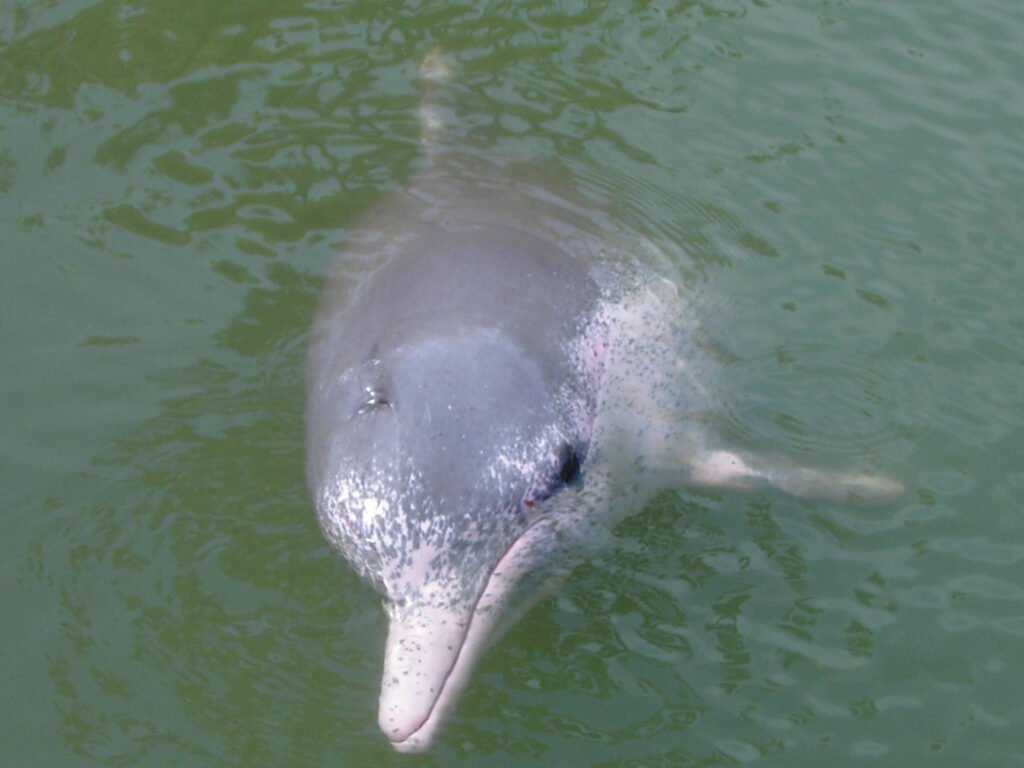Picture this: floating through the dark void of space, icy worlds orbit giant planets, their surfaces frozen solid as marble. Yet beneath these seemingly lifeless shells, something extraordinary might be happening. Scientists want to know if there’s liquid water there because it’s a key ingredient for life. Identifying liquid water is crucial in the search for habitable worlds beyond Earth and for the search for life, as we know it. What looks like a cosmic wasteland from the outside could actually be harboring vast underwater realms, complete with everything needed to support alien life forms.
The story gets even more mind-blowing when you realize just how common these hidden oceans might be. The solar system is now looking like a pretty soggy place. From Jupiter’s mysterious moons to Saturn’s surprising satellites, we’re discovering that liquid water – the essential ingredient for life as we know it – might be far more abundant than we ever imagined.
Europa: Jupiter’s Crown Jewel of Ocean Worlds
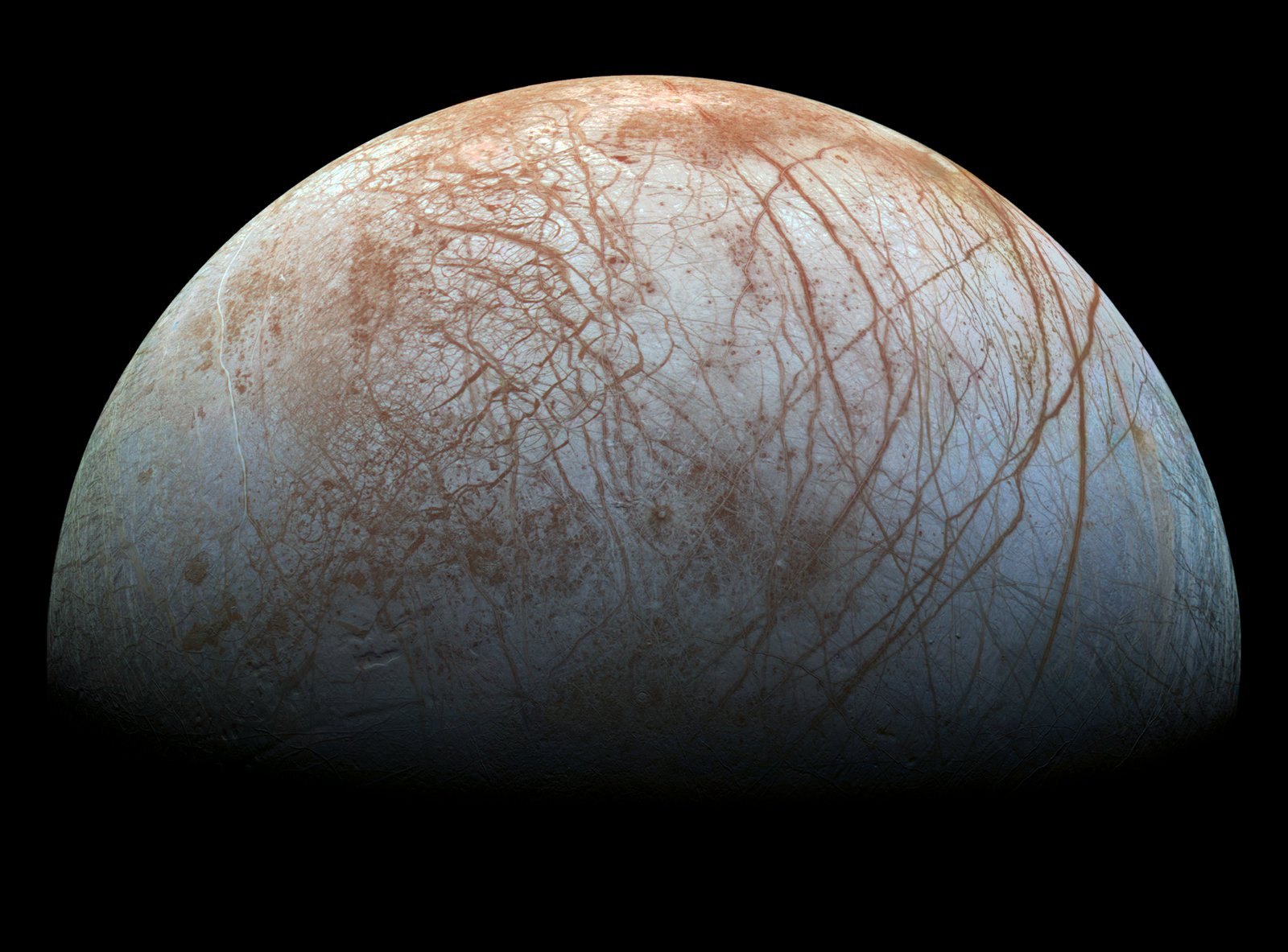
Scientists using NASA’s Hubble Space Telescope have discovered the best evidence yet for an underground saltwater ocean on Ganymede, Jupiter’s largest moon. The subterranean ocean is thought to have more water than all the water on Earth’s surface. But it’s Europa that truly captures the imagination of astrobiologists worldwide. This moon doesn’t just hide water beneath its icy shell – it might be hosting the greatest show in the solar system.
The predominant model suggests that heat from tidal flexing causes the ocean to remain liquid and drives ice movement similar to plate tectonics, absorbing chemicals from the surface into the ocean below. Sea salt from a subsurface ocean may be coating some geological features on Europa, suggesting that the ocean is interacting with the sea floor. This interaction isn’t just interesting – it could be creating the perfect recipe for life to emerge and thrive.
Enceladus: The Tiny Moon With Giant Possibilities
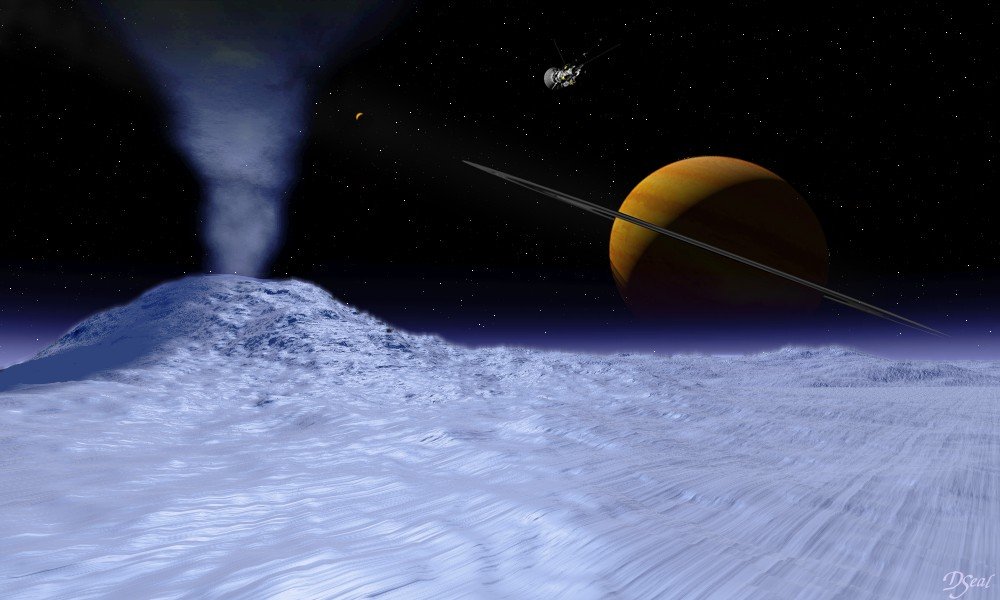
Saturn’s moon Enceladus might look like a cosmic snowball, but don’t let its size fool you. Enceladus is roughly the diameter of England – relatively runty for a moon and far too small to hold onto the primordial heat left over from its formation. Yet this little world is putting on one of the most spectacular displays in our solar system, shooting massive geysers of water high into space.
There has, in fact, already been some previous evidence found for hydrothermal activity on Saturn’s moon Enceladus. Earlier studies of data from NASA’s Cassini spacecraft showed the presence of both molecular hydrogen and silica in the water vapor plumes that originate from Enceladus’ subsurface ocean. Both are markers of hydrothermal activity on the ocean floor.
What makes this discovery absolutely revolutionary is what those plumes contain. Scientists have found organic compounds, salts, and other chemicals that suggest active geology happening deep beneath the frozen surface. It’s like finding smoke and realizing there’s not just fire underneath, but potentially an entire bustling ecosystem.
Ganymede: The Solar System’s Largest Hidden Ocean
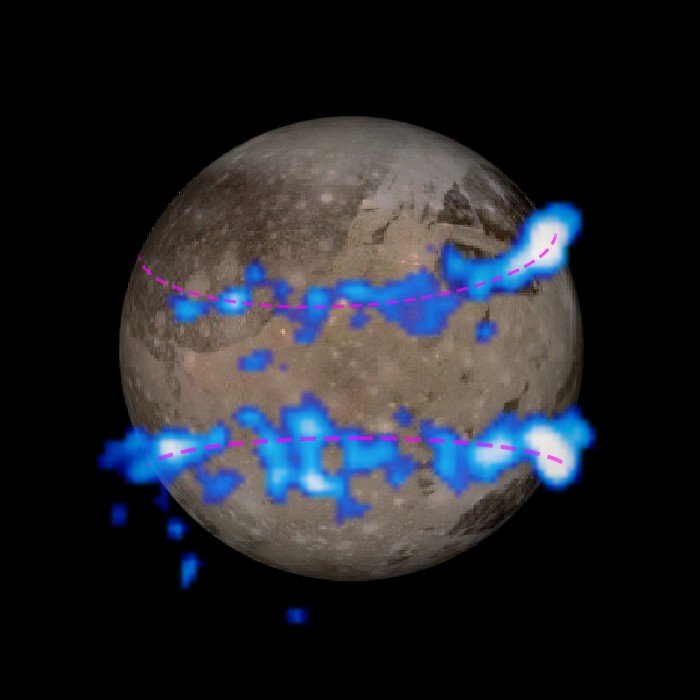
Scientists estimate that Ganymede’s ocean is 60 miles (100 kilometers) thick – 10 times deeper than Earth’s oceans – and is buried under a 95-mile (150-kilometer) crust of mostly ice. Jupiter’s largest moon isn’t just hiding any ordinary ocean – it’s concealing what might be the most massive body of liquid water in our entire solar system.
The sheer scale is almost impossible to comprehend. The subterranean ocean is thought to have more water than all the water on Earth’s surface. Think about that for a moment – more water than every ocean, lake, river, and raindrop on our entire planet, all locked away beneath an icy shell on a distant moon.
Callisto: The Surprising Late Bloomer
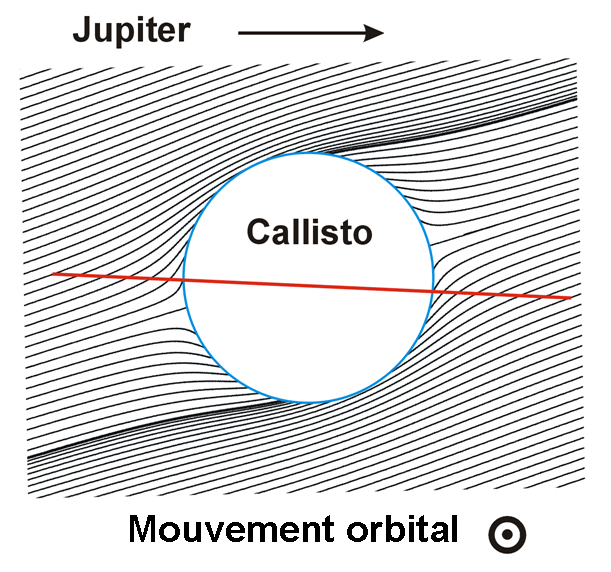
Astronomers have uncovered new evidence suggesting that Jupiter’s moon Callisto likely harbors a massive underground ocean beneath its icy surface. Now, a new study published in Earth and Space Science presents a breakthrough method for detecting subsurface oceans, and its application to Callisto has provided strong evidence that the moon harbors a vast body of liquid water beneath its icy crust.
For decades, Callisto sat quietly in the shadow of its more famous neighbors. While Europa and Ganymede grabbed headlines, this heavily cratered moon seemed like nothing more than a cosmic punching bag. But recent discoveries have completely changed that narrative, revealing that even the most battered and scarred worlds might be hiding incredible secrets.
While scientists remain cautious about whether life could exist in Callisto’s ocean, its chemical composition and interaction with Jupiter’s magnetic field could reveal new insights into the conditions necessary for habitability.
Miranda: Uranus’s Shocking Secret
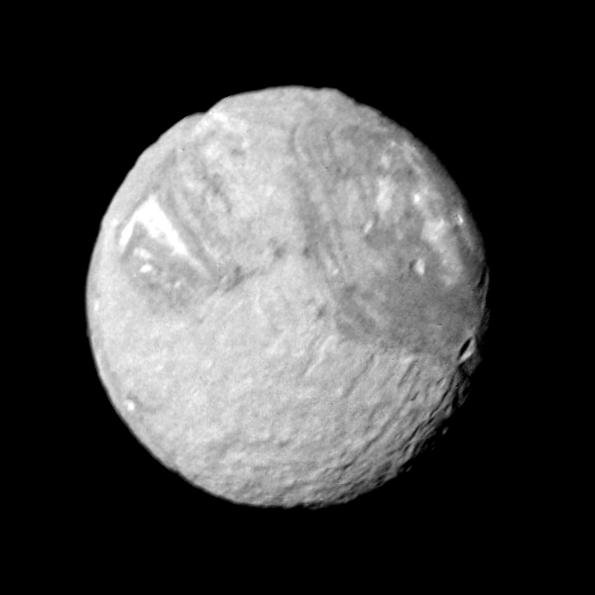
One of its moons, Miranda, is 1/7 the size of our moon and – as seen by the one-and-only spacecraft that has ever visited, Voyager 2 in 1986 – it has a crazy-quilt surface of scarps and craters. The model with the best fit required the existence of a vast ocean, some 100 to 500 million years ago, beneath Miranda’s ice. That hidden ocean might still be there today.
This discovery completely blindsided the scientific community. Miranda was supposed to be a dead world, too small and too far from the Sun to maintain any kind of active geology. Yet here it is, possibly harboring an ocean that could rival those found around Jupiter and Saturn.
One of the remarkable aspects of the discovery is that ocean moons in our solar system are locations where scientists believe life could exist. Scientists say these hidden, locked-in oceans are the locations in our solar system where we’re most likely to find alien life.
Mimas: The Death Star’s Living Secret
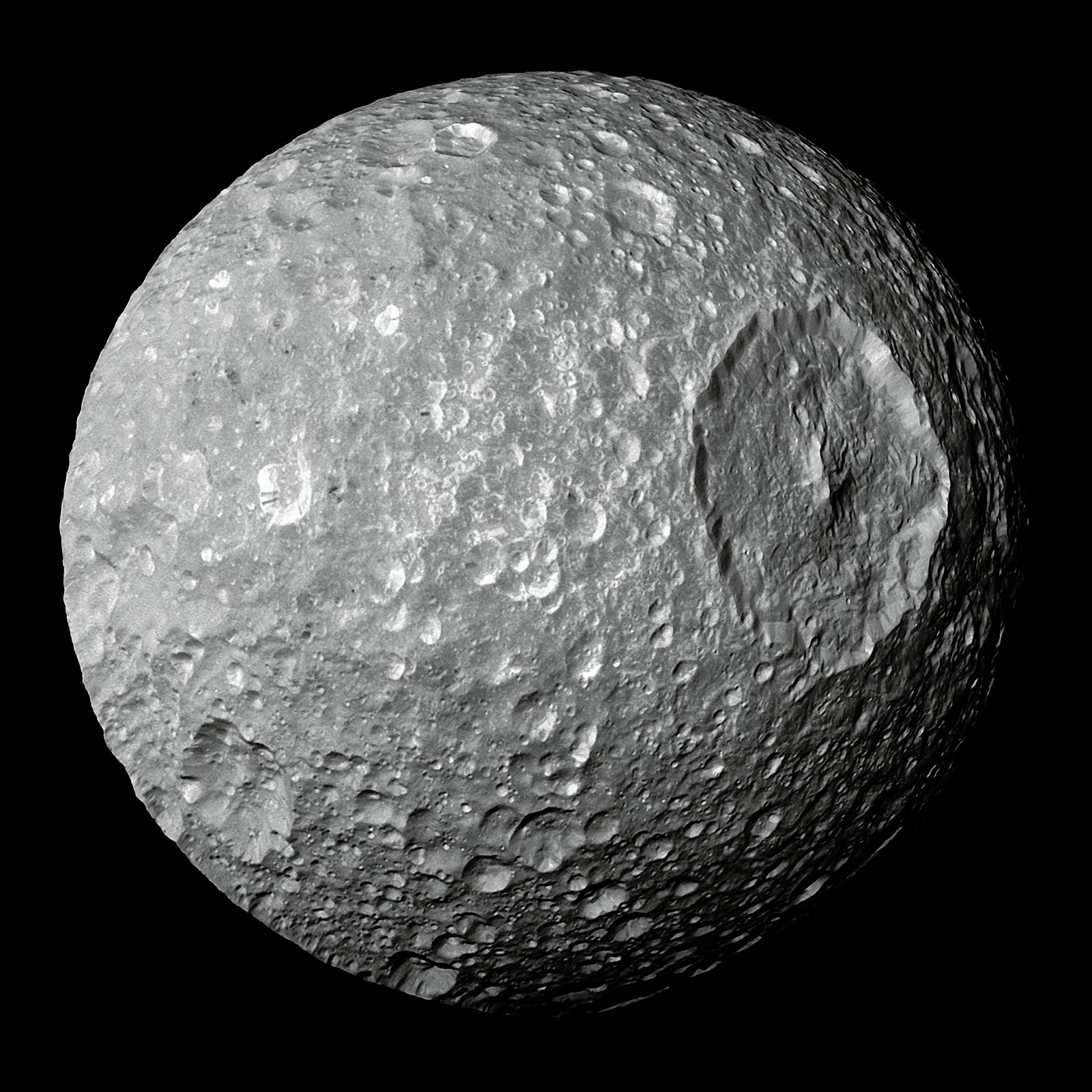
Mimas has been called the “Death Star” because a giant impact crater on one side makes it look like the space station from Star Wars; a crater on Earth of comparable size would be wider than Canada. One of the many moons surrounding Saturn – 146 at last count – Mimas is unusual because it rocks heavily from side to side during its orbit around the planet.
Nobody expected this. This is a huge surprise, to be honest. Mimas looked like the last place in the solar system where you’d find liquid water, let alone a global ocean. Yet that distinctive wobble in its orbit revealed something extraordinary hiding beneath its battered exterior.
The latest research suggests that the ocean on Mimas must be young – between 2 and 25 million years old, which is almost no time at all in celestial terms. But Lainey says the ocean on Mimas, which is relatively warm and may have ample supplies of raw chemicals, might be as good a place as any for it to have evolved.
Titan: Where Alien Chemistry Meets Familiar Landscapes
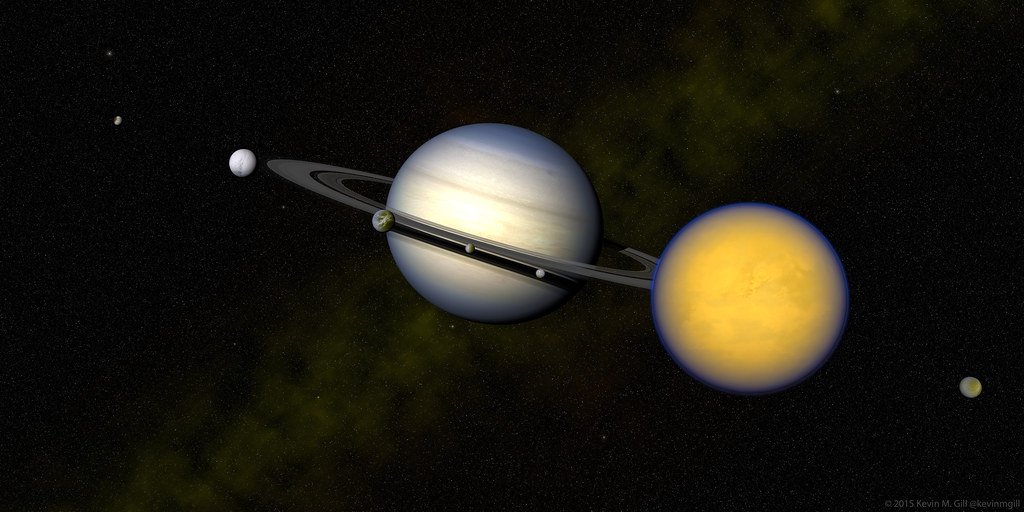
Titan is the only other body in the Solar System besides Earth that currently has stable liquid on its surface. Titan’s lakes and seas are composed primarily of liquid methane and ethane (C2H6); ethane is one of the most abundant products of Titan’s complex atmospheric chemistry, which produces numerous complex organic molecules.
Imagine standing on an alien shore, watching methane waves lap against hydrocarbon beaches under a thick, orange sky. That’s Titan – Saturn’s largest moon and perhaps the most Earth-like world we’ve ever discovered, despite being utterly alien in its chemistry.
Saturn’s moon Titan may be more alive with possibilities than we thought. New NASA research suggests that in Titan’s freezing methane and ethane lakes, simple molecules could naturally arrange themselves into vesicles – tiny bubble-like structures that mimic the first steps toward life. These aren’t just random chemical reactions – they’re organized structures that could represent the building blocks of an entirely different form of life.
The Hunt for Hydrothermal Vents
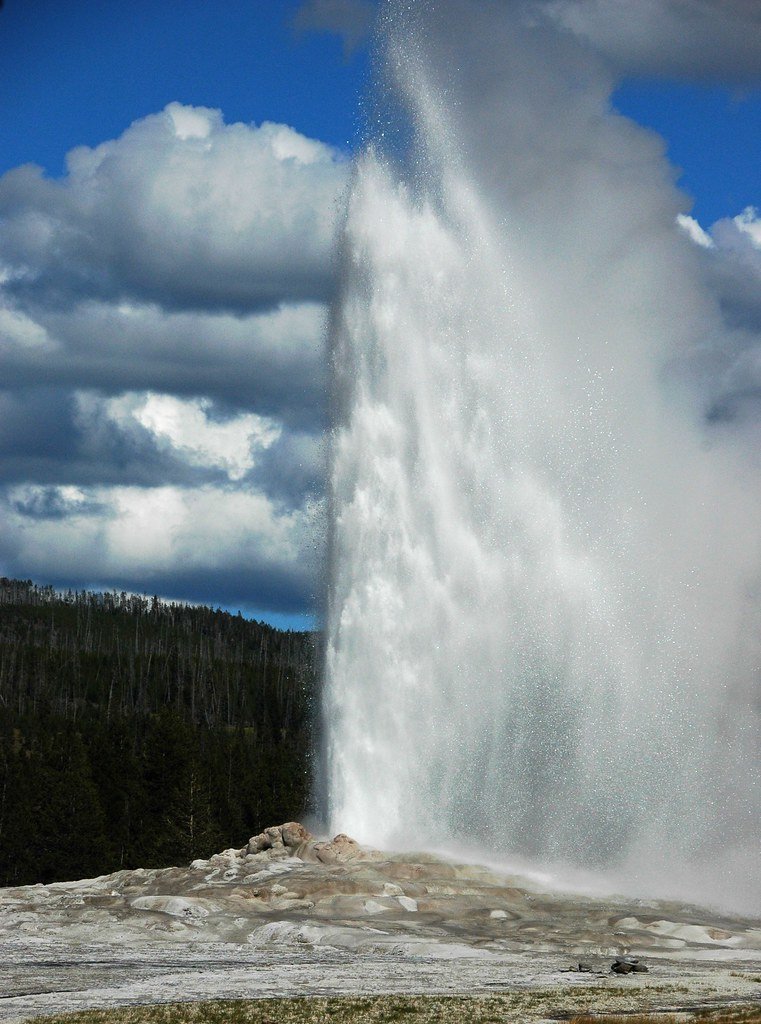
The discovery of hydrothermal vents showed that life could thrive independent of the Sun. Suddenly, scientists had an Earthly example of how life might survive on ocean worlds in the outer Solar System, such as Jupiter’s moon Europa, or Saturn’s moon Enceladus.
Deep beneath Earth’s oceans, in places where no sunlight has ever penetrated, entire ecosystems thrive around volcanic vents spewing superheated water rich in minerals. These oases of life completely revolutionized our understanding of where organisms can survive and flourish.
Low-temperature hydrothermal vents could survive on the dark ocean floors of moons like Jupiter’s Europa for potentially billions of years, new computer simulations have shown, as astrobiologists strive to figure out whether these alien oceans could be habitable. In addition, the low efficiency of heat extraction from the core of the moons (which are thought to be pretty cool in the first place) in the low gravity would allow such moderate- to low-temperature vents to be maintained for possibly billions of years.
Chemical Factories in Space
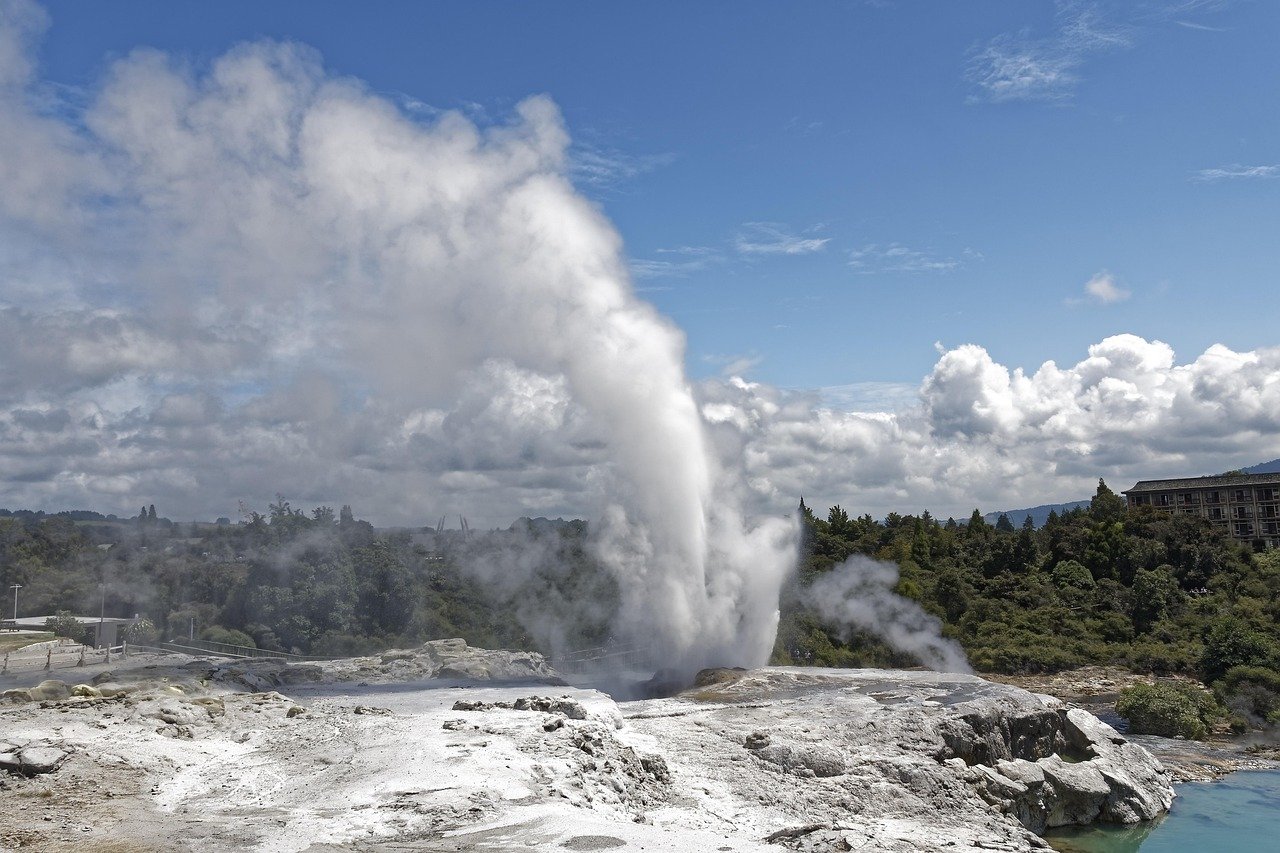
Pure silica jetting from Enceladus was a surprise because its only plausible source would be deep underneath the ice and the ocean, in the moon’s rocky core, where silicon mostly exists in minerals chemically bound with other elements such as iron and magnesium. Only one other natural explanation remained: the nanoparticles could have crystallized from a supersaturated, silica-rich solution of hot, alkaline water flowing through rock – that is, from hydrothermal vents of exactly the kind found at Lost City on Earth. At Lost City, and presumably on the seafloor of Enceladus, hot water absorbs silica as it flows up through silicate rocks.
These aren’t just theoretical possibilities anymore. The chemical signatures we’re detecting in the plumes of Enceladus tell a story of active geology, flowing water, and chemical reactions that could support life. It’s like having a direct pipeline to an alien ocean floor, billions of miles away.
Astrobites reports on research that explores the possibility of impacts delivering organics to the ocean worlds in our solar system. The deposited organics will end up in a pool of liquid water in the crater, which is an ample environment for prebiotic chemistry until the pool freezes. Freeze times ranged from a few Earth years for the smallest craters (<4 kilometers in diameter) to thousands of years for the largest craters (hundreds of kilometers).
Revolutionary Detection Methods
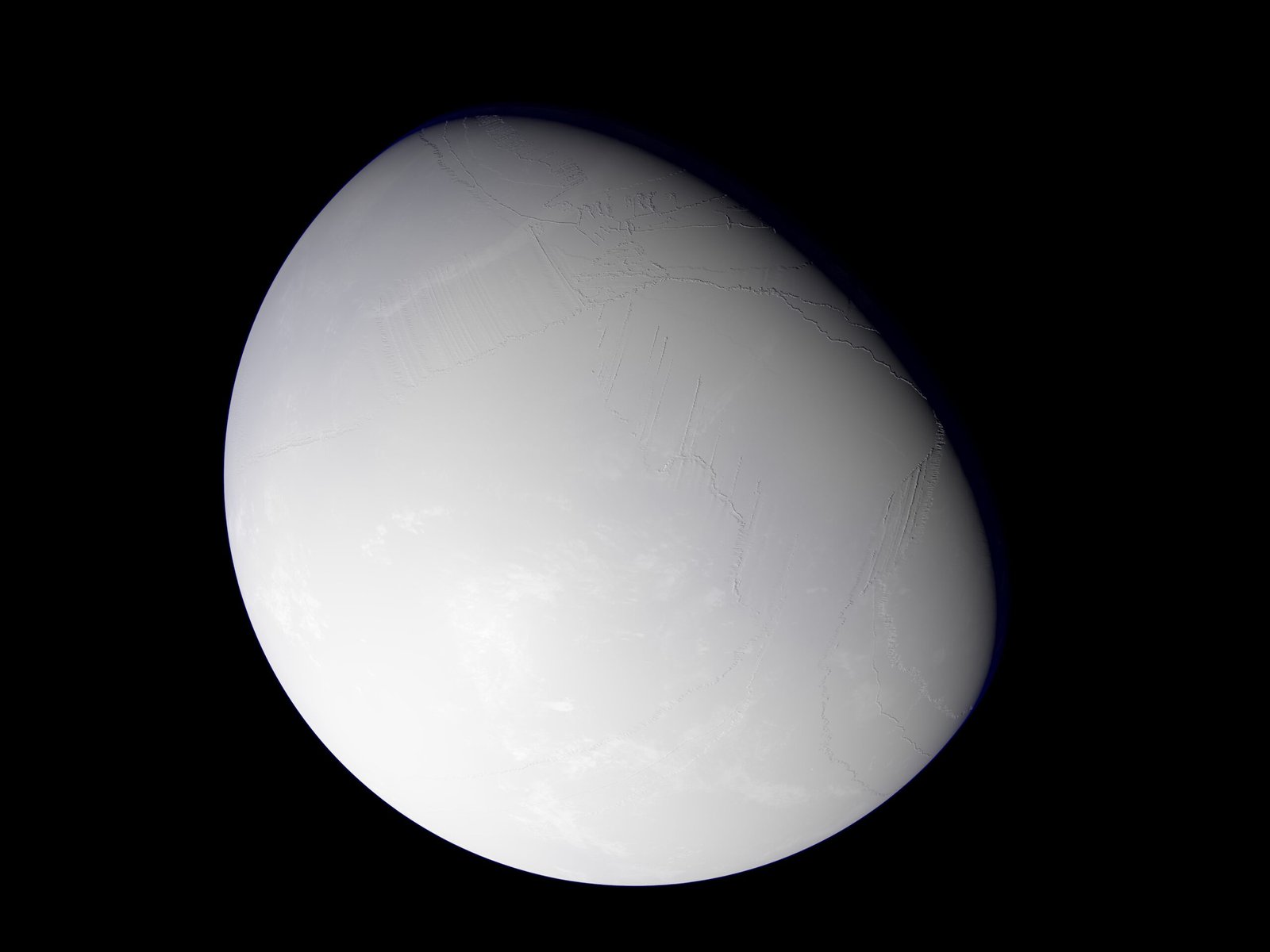
Moons with a liquid water ocean sloshing about on the inside will wobble more than those that are solid all the way through. The new computer model works by analyzing small oscillations — or wobbles — in the way a moon spins as it orbits its parent planet.
Scientists are getting incredibly creative in their detective work. They’re using everything from magnetic field measurements to tiny wobbles in orbital motion to peer beneath these icy shells. It’s like being able to see inside a sealed box just by watching how it moves when you shake it.
For example, if Uranus’s moon Ariel wobbles 300 feet, then it’s likely to have an ocean 100 miles deep surrounded by a 20-mile-thick ice shell. Detecting smaller oceans will mean a spacecraft will have to get closer or pack extra powerful cameras. The precision required is mind-boggling – we’re measuring movements across billions of miles that amount to just a few hundred feet.
The Next Great Space Race
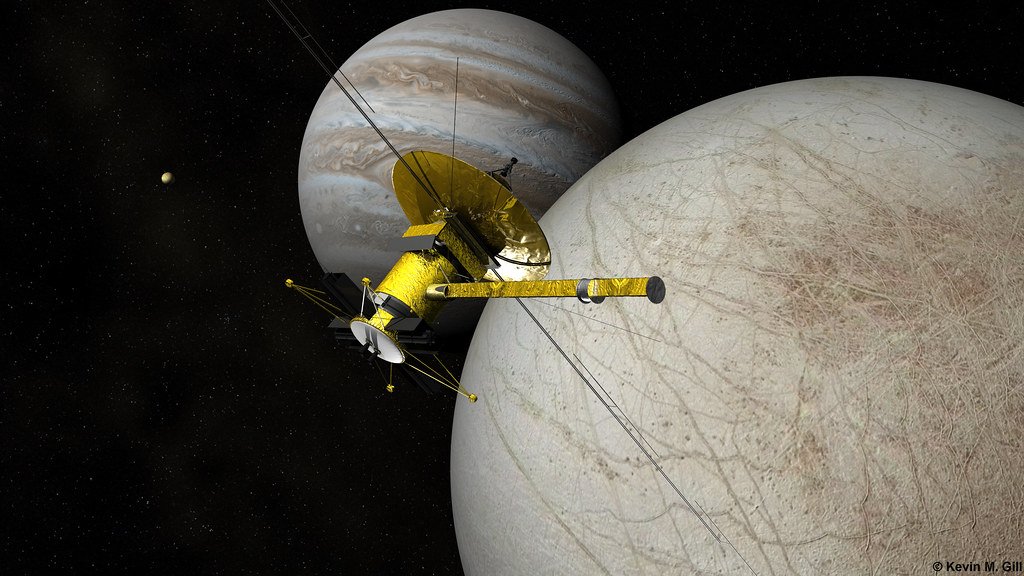
NASA’s Europa Clipper was launched on 14 October 2024. The aim of Europa Clipper is to explore Europa in order to investigate its habitability, and to aid in selecting sites for a future lander. NASA’s Europa Clipper probe launched in October 2024 and will begin a series of almost 50 close approaches of Europa in April 2030.
The next decade promises to be absolutely revolutionary for astrobiology. Multiple space agencies are launching increasingly sophisticated missions to these ocean worlds, equipped with instruments that can detect the subtlest signs of life.
A team of students and researchers proposed the Thermal Investigation of Geothermal Regions of Enceladus (TIGRE) mission concept, which is designed to conduct in-depth exploration of Enceladus with an orbiter, lander, and drill, while laying the groundwork for future missions to icy moons throughout the solar system. Though Cassini’s flyby was incredible and provided us with great information, TIGRE aims to get an incredibly close look at Enceladus’s secrets. Since TIGRE is designed to go on the surface of Enceladus, it will get more of the ‘inside scoop’ than Cassini.
Conclusion
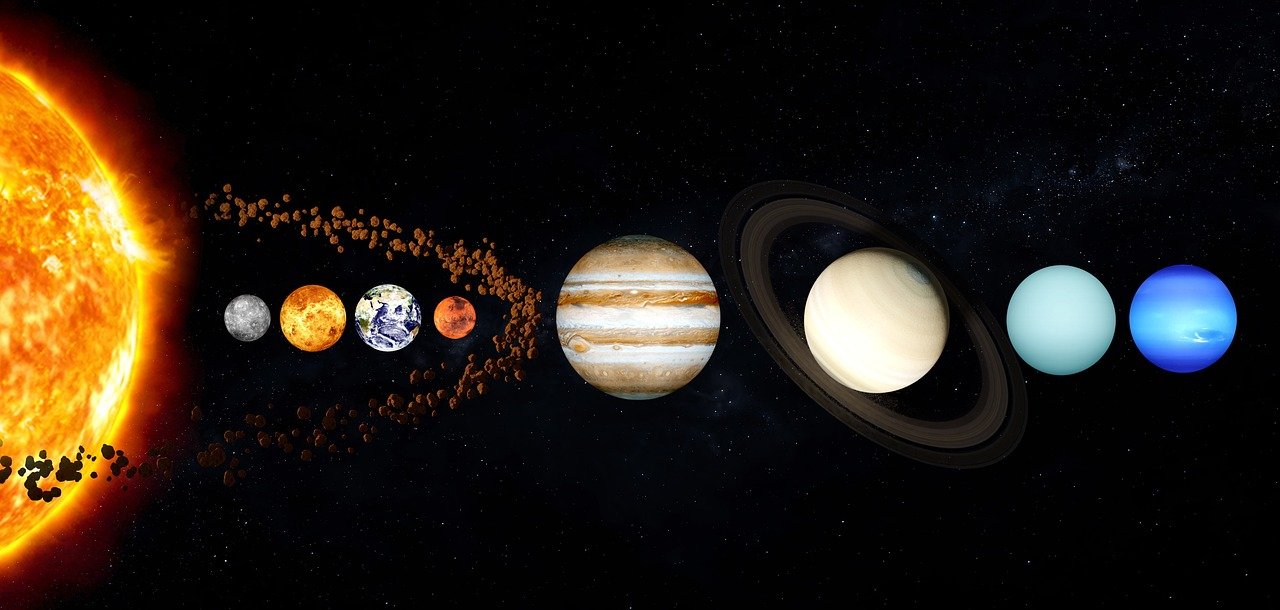
What started as a search for water has become something far more extraordinary – the discovery of an entire category of worlds that could harbor life. If Uranus’s moons are found to have interior oceans, that could mean there are vast numbers of potentially life-harboring worlds throughout the galaxy. Discovering liquid water oceans inside the moons of Uranus would transform our thinking about the range of possibilities for where life could exist.
We’re standing at the threshold of perhaps the greatest discovery in human history. These hidden oceans represent billions of years of chemical evolution happening in isolation, potentially creating forms of life so alien we can barely imagine them. Yet they might also be surprisingly familiar, following the same basic principles that govern life on Earth.
The universe suddenly seems a lot less lonely, doesn’t it? With potentially habitable oceans scattered throughout our own solar system, the question is no longer whether alien life exists – it’s how soon we’ll be shaking hands with our cosmic neighbors.

Jan loves Wildlife and Animals and is one of the founders of Animals Around The Globe. He holds an MSc in Finance & Economics and is a passionate PADI Open Water Diver. His favorite animals are Mountain Gorillas, Tigers, and Great White Sharks. He lived in South Africa, Germany, the USA, Ireland, Italy, China, and Australia. Before AATG, Jan worked for Google, Axel Springer, BMW and others.


